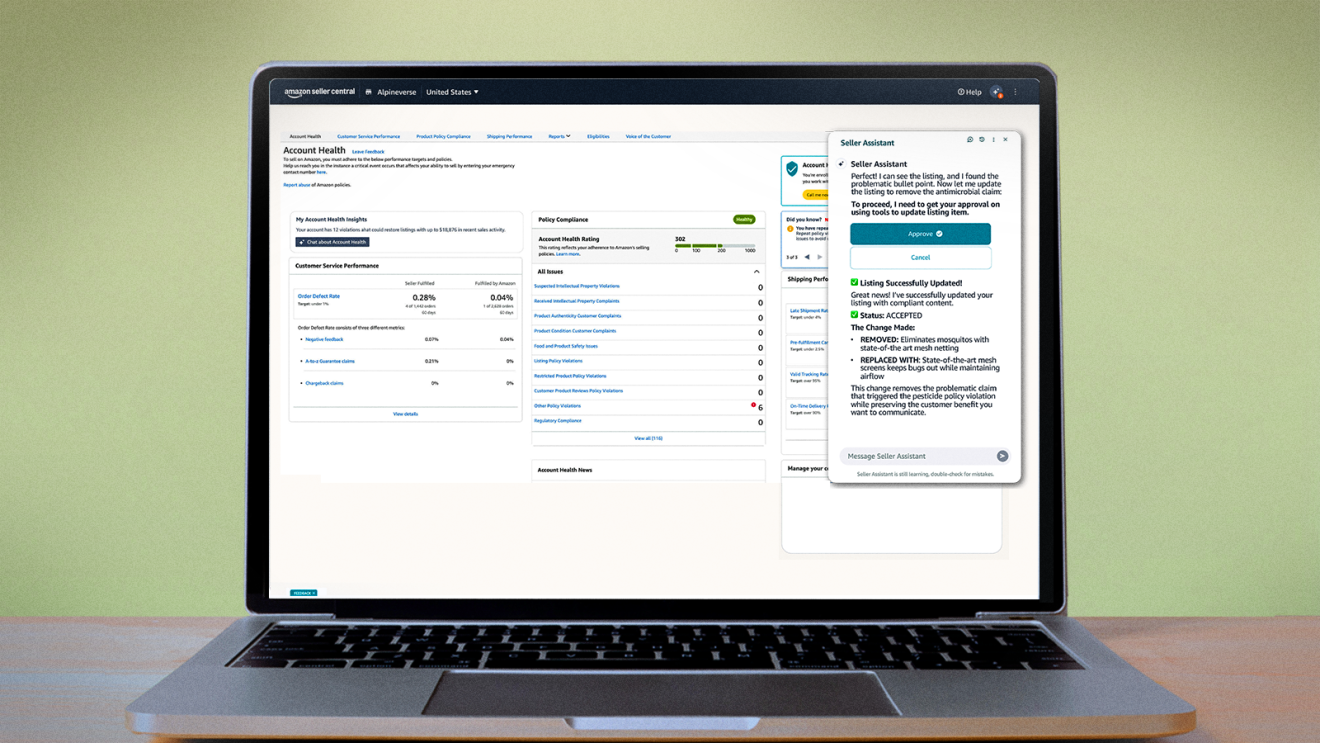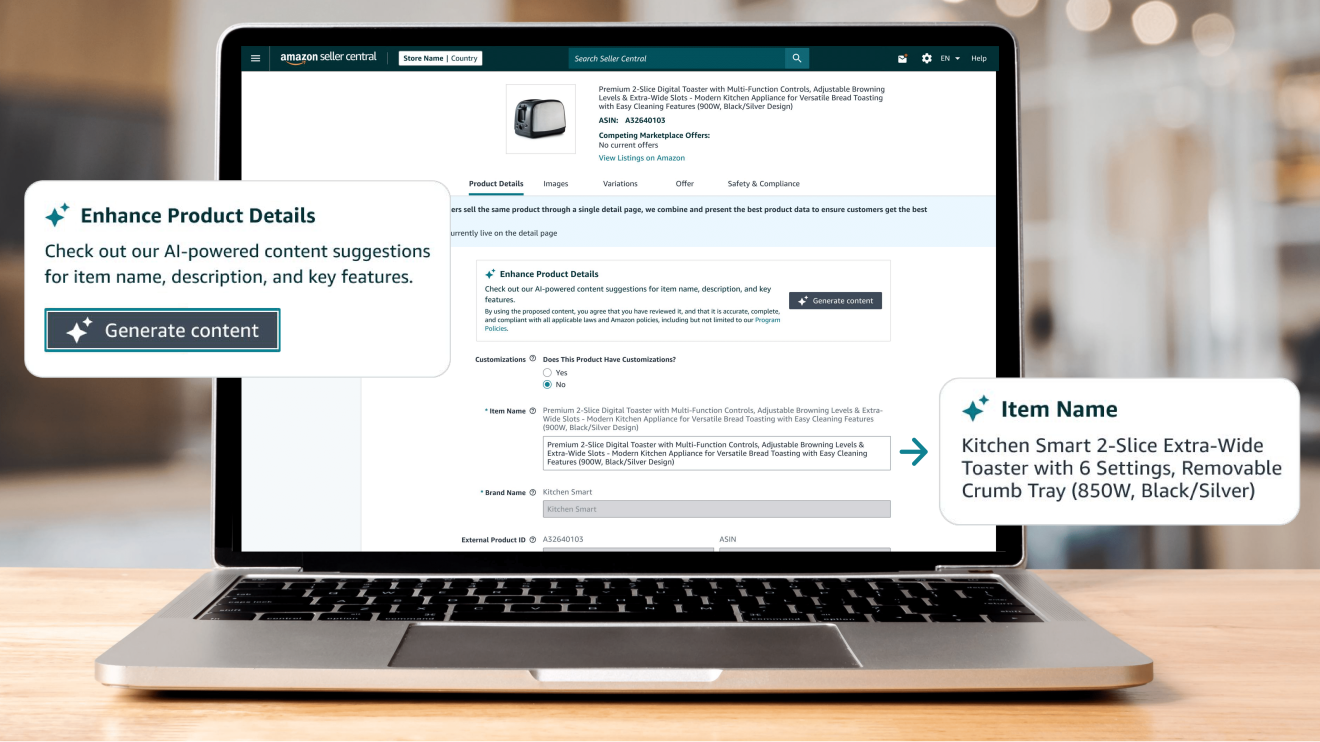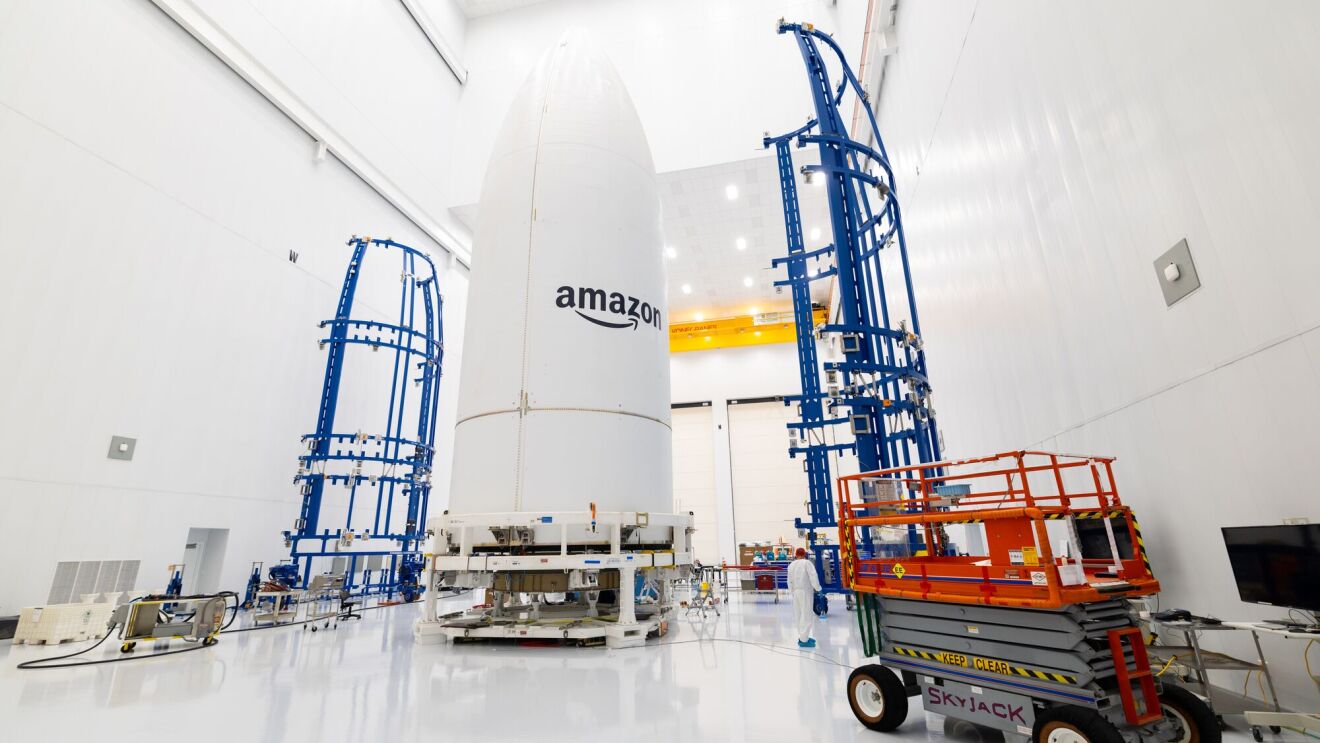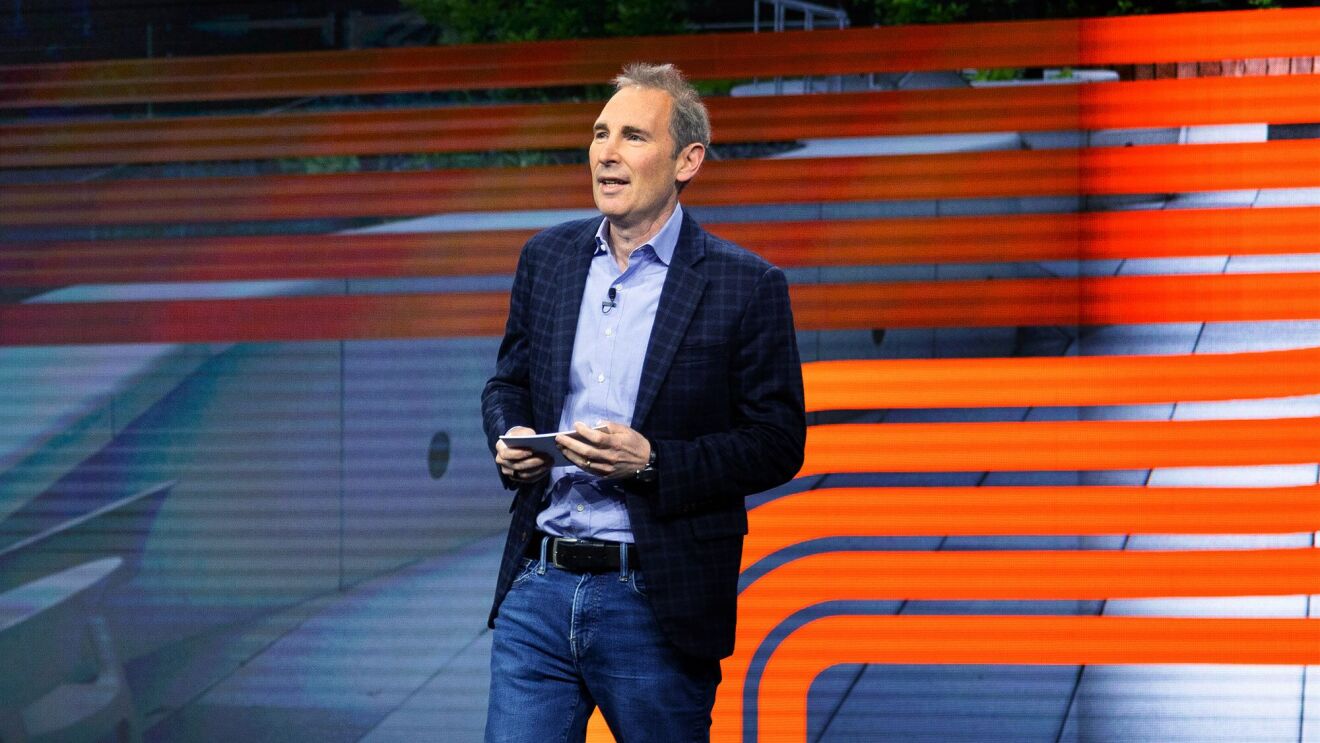Amazon is committed to building a sustainable business for its customers, communities, and the world, and that focus extends to Project Kuiper, our low Earth orbit (LEO) satellite broadband network.
When we began our Protoflight mission last October with the launch of two prototype satellites—KuiperSat-1 and KuiperSat-2—we laid out a series of tests to validate our technology and mission procedures. Within 30 days of launch, we achieved a 100% success rate across our key mission objectives, with every major system and subsystem on board performing nominally or better on orbit.
Demonstrating safe, controlled satellite maneuvering was one of the most critical of those early tests, and achieving that milestone allowed us to continue experiments over the past seven months. Learnings from those studies have informed how we’ll manage our satellite constellation and broadband network as we prepare to begin offering Project Kuiper connectivity services.
The last milestone in our Protoflight mission is deorbiting Kuipersat-1 and Kuipersat-2. As part of our orbital debris mitigation plan and broader commitment to space safety and sustainability, we plan to actively deorbit all satellites within one year of their mission ending, and this final phase in the Protoflight mission will allow us to collect data on the deorbit process as we gradually lower satellites from their initial target altitude.
Over the next several months, we will continue using the active propulsion systems onboard KuiperSat-1 and KuiperSat-2 to execute a series of controlled maneuvers. Combined with natural drag from the Earth’s atmosphere, those maneuvers will gradually lower satellites to an altitude of around 217 miles (350 kilometers), at which point atmospheric demise will follow. Throughout this process, we will continue to share the satellites’ movements and ephemeris data with other spaceflight operators and use active collision avoidance as needed to further reduce risk.
Preparing for the next phase of Project Kuiper
On the ground, we are continuing to prepare for a full-scale deployment of our satellite network. We’re scaling satellite manufacturing at Kuiper facilities in Kirkland and Redmond, Washington; installing gateway stations and telemetry, tracking and control (TT&C) sites in countries around the world; and continuing construction on a dedicated satellite-processing facility at Kennedy Space Center. With more than 2,000 people at Amazon working on Project Kuiper, these ongoing investments ensure we have the people and infrastructure required to operate and scale our network, and to deliver on our mission to bring high-speed, low-latency broadband to customers and communities around the world.
Learn more about our commitment to space safety and sustainability. If you’re interested in joining Project Kuiper, explore our open roles.











